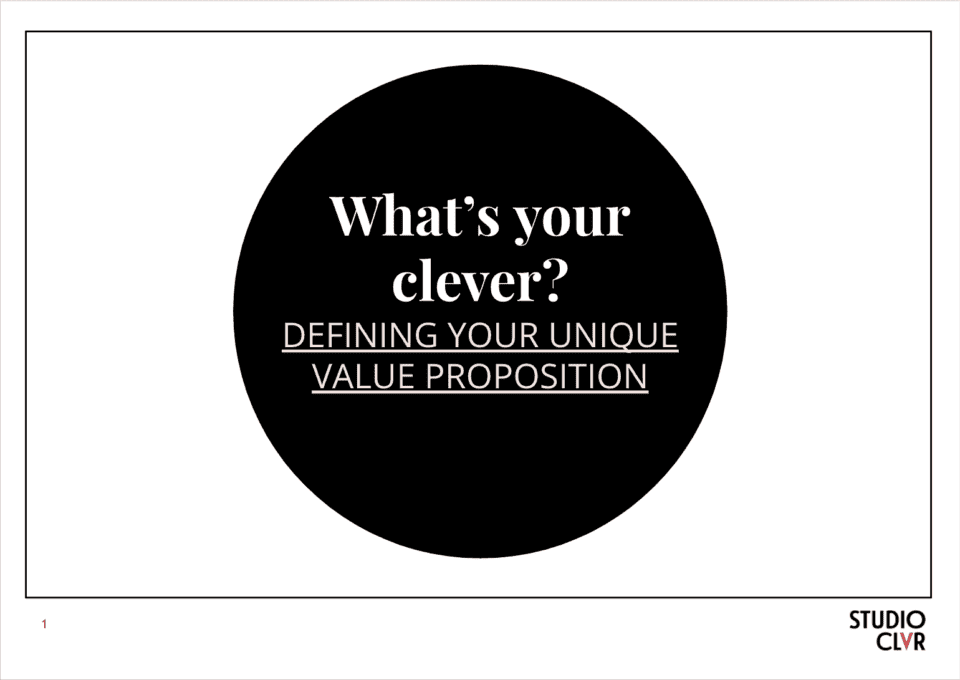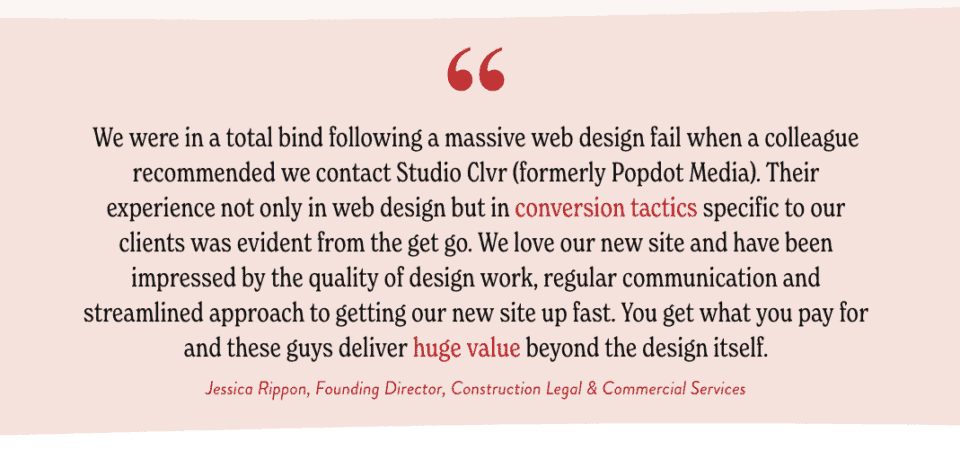Convert leads to sales for your consulting business in 10 seconds or less
All of the marketing efforts you make generating leads for your website are meaningless if they don’t convert into paying customers when they get there. Whether you’re a lawyer or a psychologist, getting prospective customers to find you is only part of your sales process. Without a lead conversion strategy specific to your business goals and your client needs, leads are more likely to bounce than stick around to find out more about you. That strategy starts from the moment your website loads—and hopefully, it loads fast—because time is short when it comes to convincing potential customers that you’re the real deal.

What is lead conversion?
When visitors land on your website from search results, a social media click, or even a word of mouth referral, you have less than 10 seconds to capture someone’s attention [source: Neilsen Norman Group]. If your target audience isn’t convinced that your business can solve their problems they’ll bounce (web speak for leave). Lead conversion is getting them to stay, click and buy—it’s turning leads into sales.
First impressions
The first step to converting leads into new clients is to instil trust that you can solve their problems. The first impression is critical, so make sure your website looks professional and polished. Does it look like it was designed in 2022 or 2012? Your prospects may assume your knowledge and experience is out-of-date if your website is dated. Staying current isn’t about following the latest design trends. It’s more about ensuring the user experience (UX) design foundations on your website match your prospects’ expectations and that your brand looks professional and reliable appropriate to your market niche. Remember, your business goals are likely to evolve over time, so take stock and see if your website matches the vision you have for your business, the work you want to do and the clients you want to work with. I recently went through this for Studio Clvr, and you can read more about my rebrand here.
Questions to ask yourself:
- Does your website design look dated?
- Does your website look just as good on mobile as it does on a desktop computer?
- Is your website accessible for users with a disability?
These factors will decide most visitors on trust in the blink of an eye.
Your unique value proposition
The next step is to think about the first piece of text your potential clients will read when they land on your site. The next few seconds of a user visit confirm if you can provide the service they need. Your UVP needs to be instantly understood, so be succinct. Yes, this should be a ‘catchy’ headline, but ‘catchy’ alone won’t do the job. This first headline needs to describe what you do and who you do it for in an instant — this is your unique value proposition, or what I like to call explaining your clever.

Exercise:
Can you explain what you do in 10 seconds or less? If not, try trimming your value proposition down to a few words. When it comes to marketing, brevity is key.
The top three questions to ask yourself when creating your unique value proposition are:
- What does the customer want?
- What does the customer need?
- What does your customer fear?
Simplify your ‘shop window’ services

Prospects just discovering you don’t need to see every single thing you offer. Showing everything upfront is more likely to lead to total overwhelm and choice paralysis. Keep it simple and prioritise the top 3 services that most clients book with you. Narrowing the options makes it far easier for leads to identify the solution right for them and opens the door for you to show them more once they’re in your world.
List the benefits — not your processes
Now that your prospects understand that your service can help them, you should back that up. List the benefits of working with you to show potential clients what they stand to gain.
The ins and outs of how you do what you do are all very well and good, but your client seriously doesn’t care. So bombarding them with task lists that describe these functional details will not connect emotionally.
Describing the tasks that make up your services is an easy trap to fall into when describing what you do. It is an area where so many businesses miss the opportunity to communicate in a way that engages clients and will hook them into your world.
Ask yourself:
- Will what I’m describing help the customer understand how my service can help them?
- Am I talking about reducing pain and increasing gain (the benefits)?
- Is the headline of each section describing the benefit or offering value?
Prove your clever
 Use testimonials and case studies to prove your point. Social proof goes a long way to validate your expertise. If you haven’t been formally collecting testimonials, you
Use testimonials and case studies to prove your point. Social proof goes a long way to validate your expertise. If you haven’t been formally collecting testimonials, you
can start by trawling through your emails — I bet you’ll find a treasure trove of praise in client emails. When it comes to case studies, remember that they needn’t be clinical.
No one wants to read white papers or product user

manuals — strip your case studies down to the basics and focus on what you achieved for the
customer, not how.
You won’t convert leads unless you tell them what to do
Make it easy for visitors to take action by literally telling them what to do next. ‘Contact us’ doesn’t cut it anymore, so make your action clear and direct. Good examples of effective calls to action include ‘sign up to our newsletter’, ‘book an appointment’, ‘buy now’, ‘join the waitlist’. Website visitors are unlikely to click on a ‘contact us’ button. However, they will click when the action actually solves the problem they have when they come across your website. Help your online leads achieve their goals in as few steps as possible. Beneficially, this approach is far more likely to achieve your business goals too. In other words, don’t make them contact you to see if you can solve their problem. Let your website show them you’re the right person for the job so you can both get on with it.
Conclusion
You know that first impressions count, but what do you think happens when your potential clients are trying to decide between you and a competitor? They’re not thinking about how great of an experience they’ll have with you down the road. It’s all about their gut feeling at this moment. So make sure that they get one! Start by defining your clever — your UVP (unique value proposition) — with a succinct message so people can quickly understand why it makes sense for them to work with you. Then simplify your services to help leads take action on something instead of getting overwhelmed — nobody likes bouncing around from site-to-site looking for answers. Make it easy for clients to trust you and get what they’re looking for in the first 10 seconds and you’re more likely to get a client not only buying your services, but primed to absorb the knowledge you have to share.

Hey, I’m Nic. I’m a digital design strategist on a mission to make your clever stand out. Because the world is better when we’re clever, together.
Like what you’re reading? Sign up to the Box Clever newsletter for fortnightly clever business tips, musings and related website wondery.
There's more where that came from...

How to avoid AI content traps that tank your authority
How to leverage AI without sacrificing your unique voice and professional credibility.

Increase Google ranking thanks to the algorithm leak
There was a massive Google algorithm leak in 2024. I trawled through the analysis to convey the biggest…

My story
I’ve built a career around designing systems that make getting stuff done easier. That means content systems that…